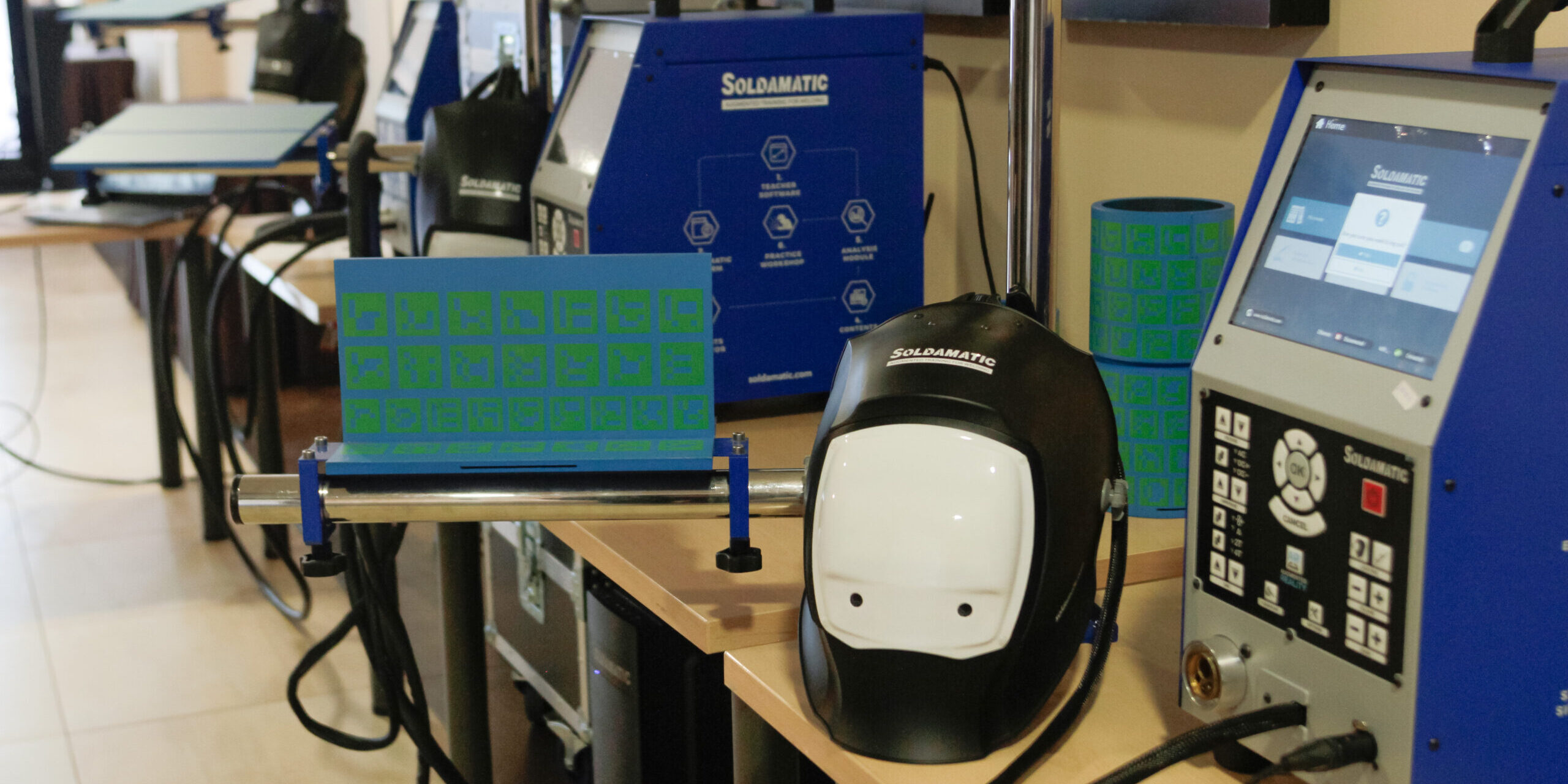The Svetskommissionen or Swedish Welding Commission approaches Augmented Reality (AR) welding training, the reasons of its development and the benefits it provides to the evolution of welding training in the latest issue of their welding magazine “Svetsen”.
Hosse Larizadeh, course coordinator for the Commission notices the advantages of introducing new technologies like AR to welding training: “VR (virtual reality) and AR (augmented reality) have great potential to change both education and industry by showing different tips, shortcomings and even workplace problems before they occur. They can help reduce the education period, reduce education costs in the form of consumables and local costs and streamline welding instructors work. The environmental and safety aspects play also an important part in this context in terms of reducing emissions and not exposing students to unnecessary health risks”, he explains.
On her part, Pia Borg, technical manager for Svenska Elektrod AB, focuses on the development of these tools and how they can be used for both education and industry: “They have matured into valuable tools, not just for education but also for validation of knowledge in industry when it’s time to hire or when it’s time to change work tasks. The point is the quick feedback on it. In a digital environment, the student can work at his pace, get visual feedback and proceed to either the theory test or real welding at its own pace.”
And finally, Daniel Larsson, business developer and welding expert for the industrial company Air Liquide is confident about the potential of Augmented Reality welding simulators: “After trying different welding machines, we chose to start a collaboration with Soldamatic Augmented Training. Apart from feeling very good at welding, Soldamatic offers a whole methodology which involves e-learning for welding students and further education. I am convinced that technology helps to attract new welding students to school, and in the case of welding centres, I see a huge potential for AR, as well as welding and industrial companies that have manual and robotized welding”
The next step in welding training keeps evolving in countries like Sweden, as it has already been applied in other countries like Germany.






